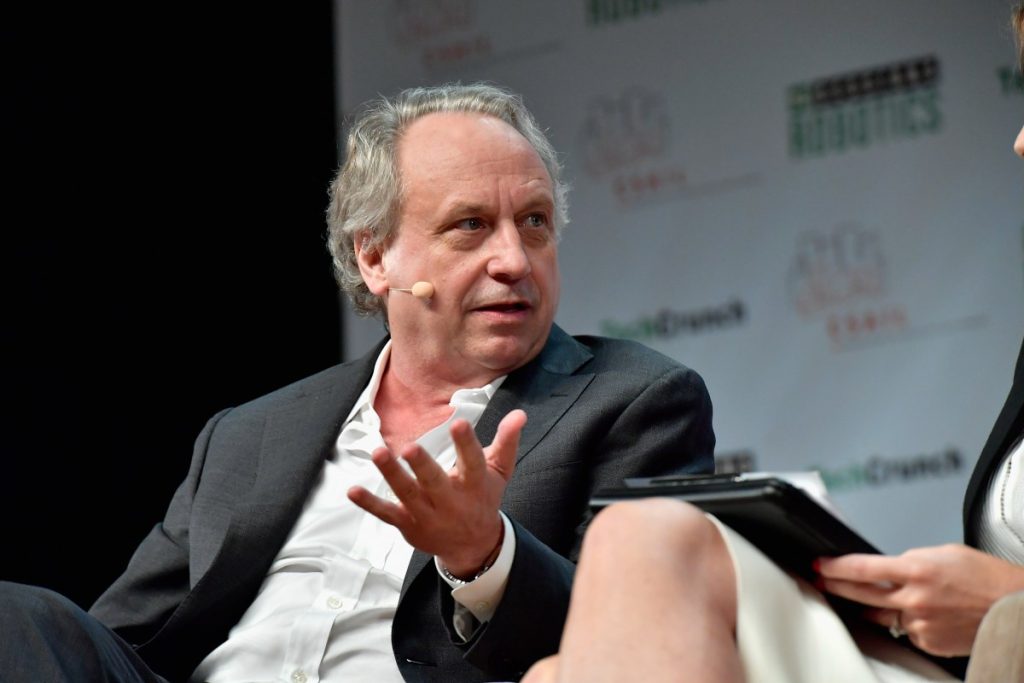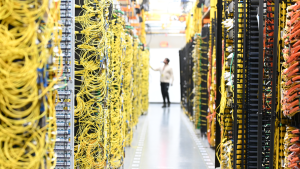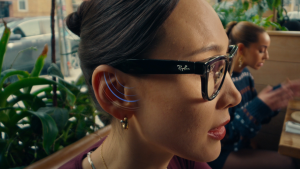MIT Robotics Pioneer Rodney Brooks Questions the Hype Around Generative AI

When Rodney Brooks, an MIT robotics expert, speaks about artificial intelligence, people tend to listen. Renowned for his pioneering work and significant contributions to the field, Brooks has a unique perspective on the future of AI, particularly when it comes to generative technologies. However, he believes the world might be getting a bit ahead of itself in terms of expectations.
Brooks acknowledges the potential of generative AI, yet he cautions against overestimating its capabilities. He argues that while these technologies are indeed impressive, they are not as advanced as many believe. With insights from his extensive career, including co-founding influential companies like iRobot and Robust.ai, Brooks provides a grounded and realistic assessment of what generative AI can and cannot do.
The Underestimated Capabilities of Generative AI
Rodney Brooks, the MIT robotics pioneer, believes that people are vastly overestimating the capabilities of generative AI. Though he acknowledges it as impressive technology, he notes that it is not as capable as many think.
Brooks explains, “I’m not saying LLMs are not important, but we have to be careful with how we evaluate them.” He states that while generative AI can perform specific tasks, it cannot mimic human capabilities. People often overestimate AI because they use a human performance model, but AI is not human-like.
Practical Applications and Limitations
Brooks offers an example from his company, Robust.ai, which works with warehouse robotics. Someone suggested using a large language model (LLM) to direct warehouse robots. However, Brooks argues that this would be inefficient because language processing would slow down operations. Instead, simple data connections from warehouse management software suffice.
“When you have 10,000 orders to ship in two hours, optimizing for that is crucial. Language is not gonna help; it’s gonna slow things down,” he said.
Brooks emphasizes solving solvable problems and integrating robots where they can be easily automated. He explains that environments like warehouses are ideal because they are controlled: consistent lighting, no obstacles, and minimal human interference.
Robot Design for human collaboration
Brooks explains that it’s about robots and humans working together. His company designs robots specifically for warehouse operations, making them practical and easy to use. The robots look like shopping carts with handlebars for human intervention if needed.
“The form factor we use is not humanoids walking around—these look like shopping carts,” Brooks states. He adds, “It’s got a handlebar, so if there’s a problem with the robot, a person can grab the handlebar and do what they wish with it.”
Brooks believes in accessible and purpose-built technology. He aims to make technology understandable and deployable at scale, always considering the business case and return on investment.
Challenges in AI Optimization
Even with advancements, Brooks acknowledges that there will always be hard-to-solve outlier cases in AI that could take decades to address. He notes, “Without carefully boxing in how an AI system is deployed, there’s always a long tail of special cases that take decades to discover and fix.”
Brooks criticizes the mistaken belief in exponential tech growth, attributing this to Moore’s law. He argues that technology does not always grow exponentially. As an example, he mentions the iPod, which did not continue its storage size doubling trend because it wasn’t necessary.
He asserts that while LLMs might eventually help with domestic robots, the main problem lies in control theory and math optimization. “People say, ‘Oh, the large language models are gonna make robots do things they couldn’t do.’ That’s not where the problem is.”
Future Prospects and Real-world Applications
Brooks envisions that LLMs could be useful for domestic robotics, especially with an aging population. He suggests that language interfaces could be beneficial in care situations, where people need to communicate with robots for specific tasks.
“It’s not useful in the warehouse to tell an individual robot to get one thing for one order, but it may be useful for eldercare in homes,” he explains.
Brooks concludes that while generative AI has potential, its real-world applications are still limited. The hype around it needs to be tempered with realistic expectations about what it can and cannot do.
Practical Lessons from Robotics and AI
A key lesson from Brooks is the importance of making technology easy to understand and practical to use. He highlights the significance of solving specific problems where robots can be integrated seamlessly.
He also stresses the importance of considering business implications and ensuring a good return on investment when deploying new technologies. “We need to make technology accessible and purpose-built,” he says.
Rodney Brooks provides a sobering and grounded view on generative AI, cautioning against overestimating its capabilities. While the technology holds promise, especially in specific areas like domestic robotics and eldercare, Brooks emphasizes the importance of realistic expectations. We must understand the true scope of what generative AI can achieve and focus on practical, purpose-built solutions.
The message from Brooks is clear: generative AI is impressive but not a panacea. The focus should be on solving practical problems and integrating technology where it can offer the most benefit. Brooks’ decades of experience in robotics and AI serve as a vital reminder to balance excitement with practicality, ensuring the technology’s potential is realized in meaningful ways.





